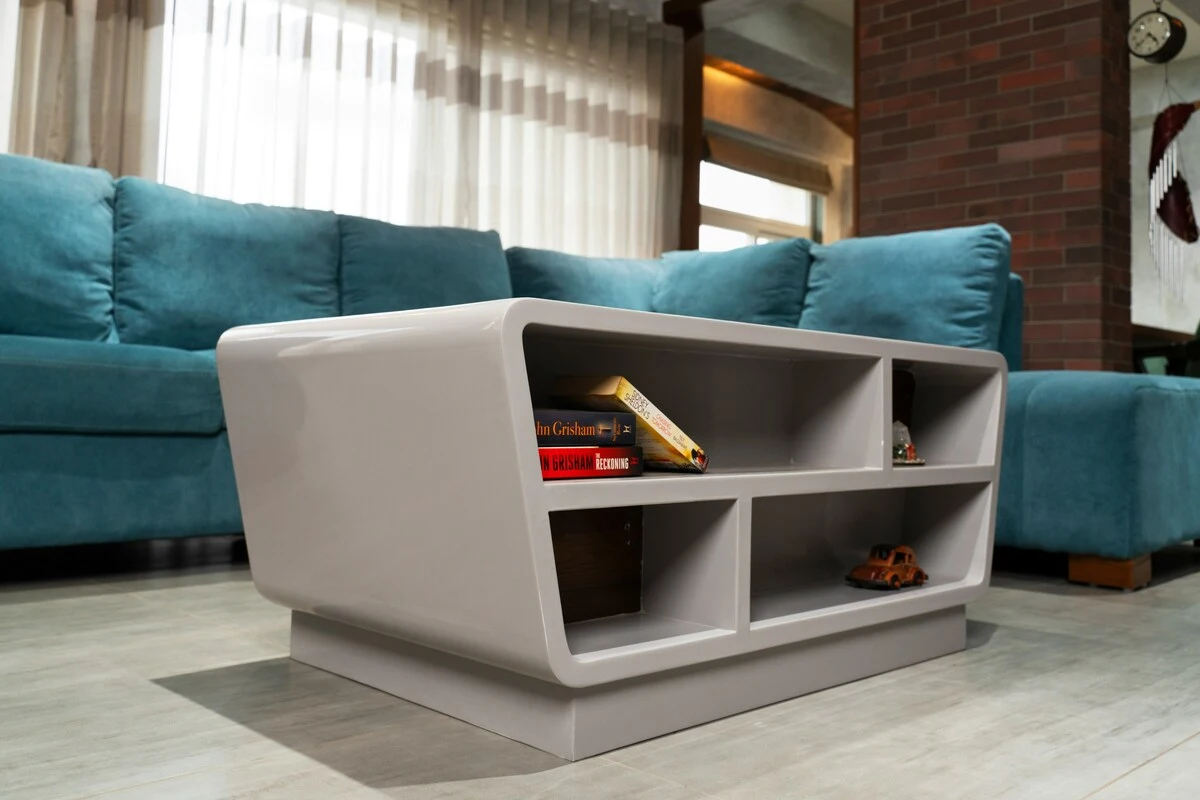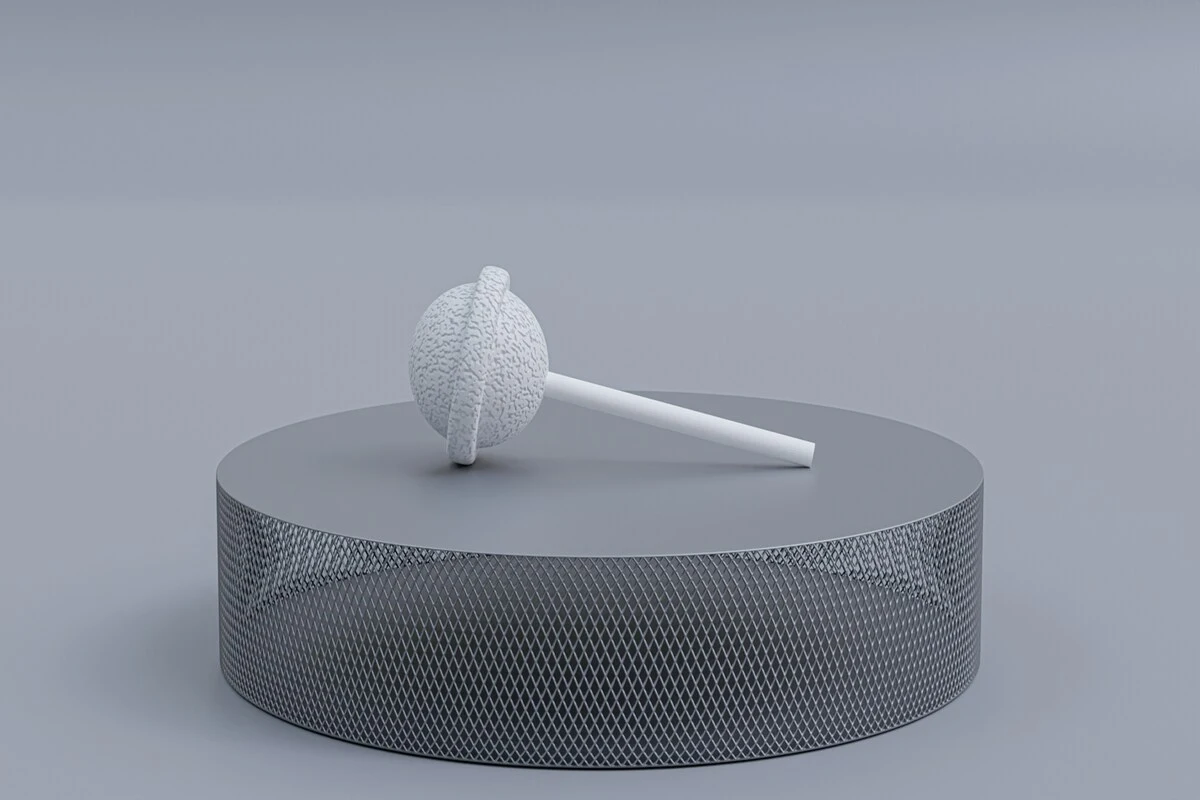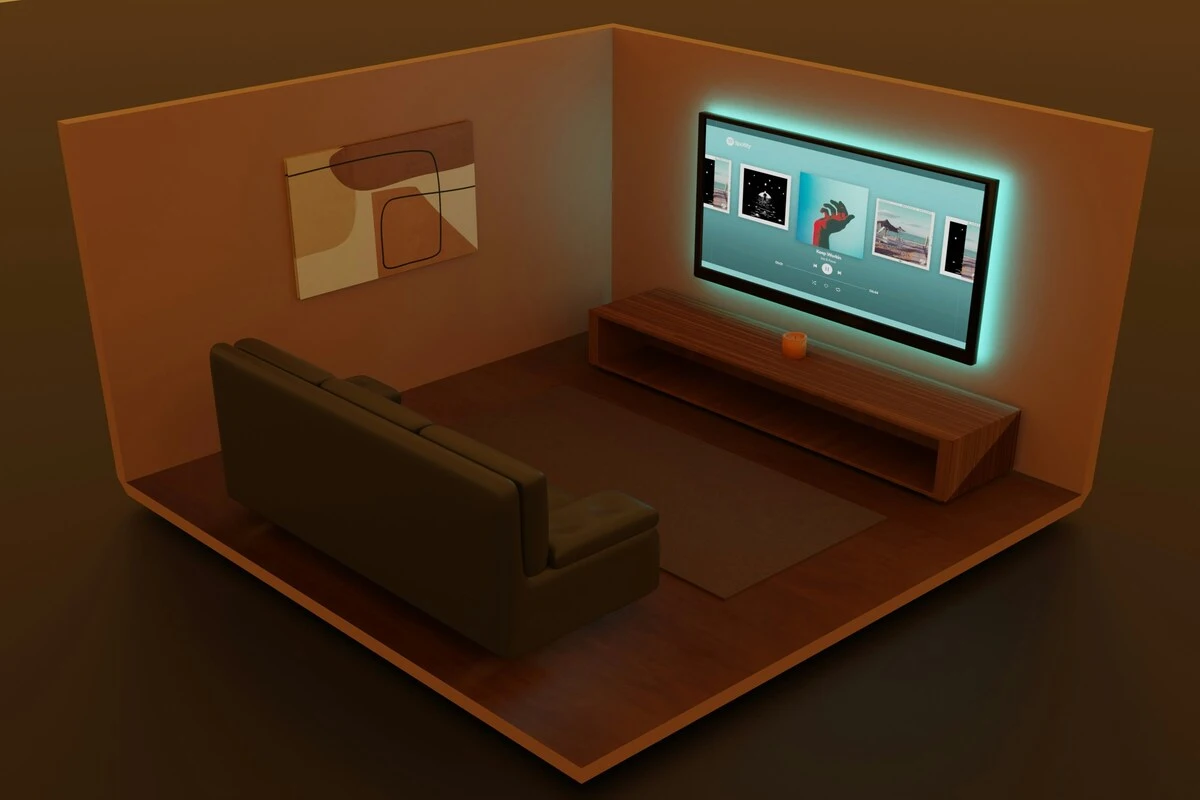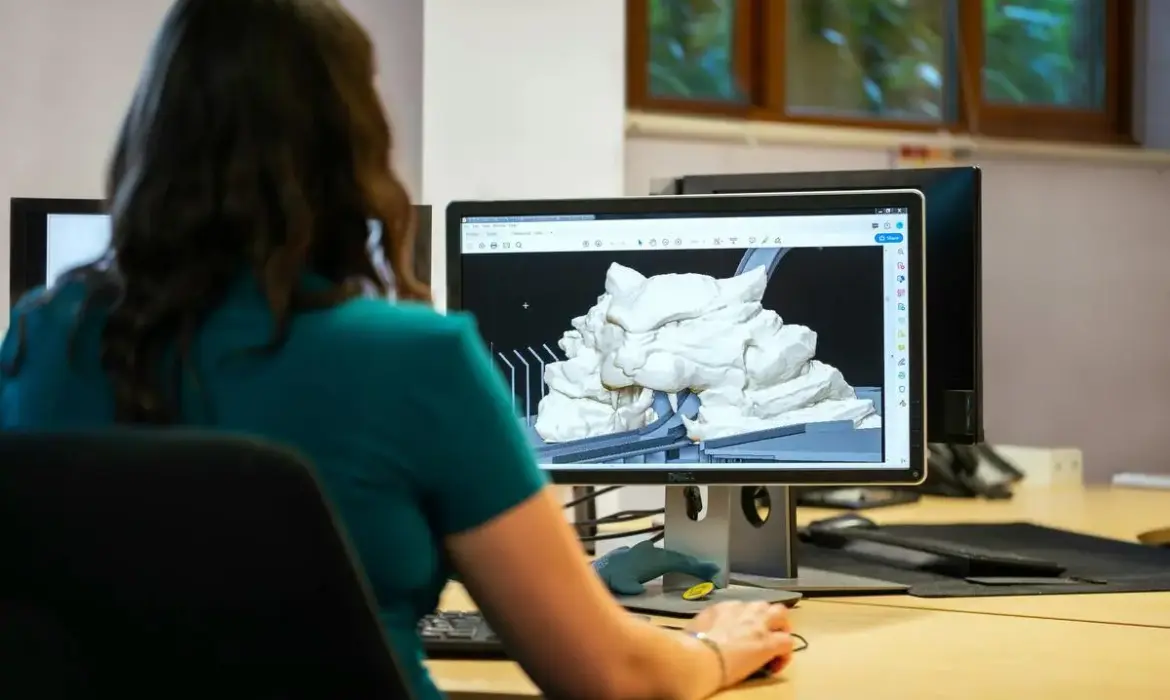Today, online shoppers aren’t impressed by convenience. That’s a given.
They aren’t impressed by a high-resolution photo of your product, either. That’s a given, too.
To get and stay ahead, your brand needs to create augmented, realistic, and personalized online experiences.
One way to do so is through 3D modeling, a method to turn two-dimensional product pages into interactive and immersive showcases.
3D technology bridges the gap between in-store and online by offering both convenience and comprehensiveness. Plus, it’s got the ROI to prove it.
Here, we’ll talk about why 3D modeling is reshaping e-commerce, the benefits it brings to retailers and shoppers alike, and how you can start integrating it to improve your own store.
Let’s get into it.
Why 3D Modeling Is Transforming E-Commerce
3D modeling is an innovative way to make e-commerce a more immersive and interactive experience.
With advancing technology, online stores need to bring an end to static product photos, especially when dynamic visualizations are now easily accessible everywhere.
Nowadays, enabling customers to see products from every conceivable angle, try them virtually in their space, and customize options in real time is no longer a nice-to-have, but a must-have.
The shift from static images to interactive experiences

Static images and boring visuals don’t sell anything anymore. Thanks to the advancement of tech, online shopping has changed dramatically.
Since static images only hold a person’s attention for just a few seconds, more businesses have started using 3D models to keep shoppers engaged for 20-30 seconds more. Retailers that implement 3D and AR tools have reported an impressive increase in conversion rates, sometimes as high as 94%.
Forbes Business even reports that 70% of customers are likely to purchase from a retail store in the future after having an AR experience.
Augmented reality and 3D models give extra depth to the shopping experience and allow shoppers to view the products in their real-world spaces.
Improving consumer confidence and reducing returns
3D visualization, apart from showcasing the product’s realistic appearance online, makes shoppers feel more certain about their purchase. Thanks to the zoom and rotation features, consumers are much less likely to be surprised (or disappointed) when they receive the product.
This, in turn, impacts return rates, with some retailers noting a 35% drop in returns. This is likely due to the narrower gap between the “what you see” and “what you get” with a product bought online.
Fewer returns will, in turn, mean lower logistics costs and less environmental waste.
Key Benefits of 3D Models for Online Retailers

3D models for online retailers are becoming a powerful tool to improve the entire shopping journey. By turning your static product pages into dynamic and interactive interfaces, brands can connect with shoppers in more meaningful ways.
Here are just 3 of the scroll of benefits of 3D models for online retailers:
- It boosts customer engagement and time on site: Interactive 3D models allow shoppers to explore products and place them virtually in their homes. This interaction naturally extends browsing sessions and encourages greater engagement. If the consumer is familiar with the product, they’re more likely to add it to the cart.
- It improves product visualization and personalization: Static photos fail to depict how a product fits into a space. With a 3D model, you offer a realistic, 360-degree representation that will make customers feel more confident about their purchase.
- Competitive differentiation in crowded markets: Using 3D models can differentiate you from your competitors based on innovation that many might not yet provide. This will position your brand as cutting-edge and customer-focused. In turn, your shoppers will remember you long after they’ve left your site.
How to Integrate 3D Models Into Your E-Commerce Platform
Bringing 3D models to your online store isn’t as simple as uploading a few images from different angles.
This approach requires planning to make sure it works for every customer. Here’s what retailers should consider when adding 3D content to their virtual storefront:
- Mind the technical requirements and platform compatibility: Check your current e-commerce platform for options. Some may offer built-in features that enable the integration of 3D models, while others need third-party plugins or custom development.
Pay attention to file types and whether your product pages can display them. Don’t overlook mobile compatibility before you go live
- Optimize load speed and user experience: If your 3D models are large and not optimized, they can slow down your site and drive potential buyers away. Work with developers to compress files, use efficient file formats, and include lazy loading.
Keep expected customer interactions intuitive with clear icons, easy rotation and zoom, and simple customization options.
- Partner with 3D agencies: If you realize you don’t have access to the expertise and hardware required to create high-resolution 3D models, collaborate with experienced 3D agencies that can do everything for you.
If your catalog is large or your products are complex, a 3D agency partner can guide you through the best practices of adding models to your site seamlessly. They can suggest tools for real-time customization and future-proof your setup. Contact us for a quote and a talk about your ideas.
Measuring the ROI of 3D in Online Stores
3D modeling won’t just make your online store look cooler or your products easier to visualize; it can also significantly impact the performance of your shop.
But only if you know how to measure its worth.
To accomplish this, you have to track user behavior, sales performance, and customer feedback to tie your 3D efforts to business outcomes.
Here’s a breakdown of the most meaningful metrics to monitor:
Track engagement and interaction metrics
The first sign of ROI appears through user behavior. Studies confirm that when visitors interact with 3D models, shops see increases in cart conversion rate and order conversion rate, and decreases in return rate.
Measuring on-page activities like time-on-page, model interaction counts, zooms, or spins can provide you with early indicators of increased user engagement, which often precedes conversion gains.
Check conversion rates and sales performance
While online store engagement is nice, it’s doesn’t feed the bottom line. The real impact still shines through conversions and revenue. Brands integrating 3D models have seen overall conversion lifts, particularly strong in high-value categories like furniture, which our agency specializes in.
Vogue Business explains that viewing 3D models in AR increases conversions by up to 250%, often with higher average order value and fewer returns. If you compare conversion and sales data pre- and post-3D introduction, you can quantify this impact.
Gather customer feedback and satisfaction insights
Last but not least, 3D integration should increase customer satisfaction and confidence, but this isn’t something you can fully capture with numbers alone. The pilot of a real-time 3D configurator by Audi revealed that being able to see the product in 3D increased customer satisfaction ratings.
By receiving direct feedback via post-purchase surveys, site-side rating widgets, or on-site chat, you gain qualitative information about how your users interact with your brand and 3D models.
The Future of 3D in E-Commerce

3D technology is set to become more than a differentiator; it’s about to become the expectation and the norm in online shopping.
With platforms and tools become more user-friendly, even small and mid-sized businesses will be able to offer high-quality 3D and AR experiences.
Innovations like real-time product customization, virtual showrooms, and 3D models will push personalization to new heights and allow shoppers to instantly preview their products before buying.
This, along with the growing adoption of AR glasses and spatial computing, will blend digital and physical shopping seamlessly.
If your business isn’t at the forefront of the 3D paradigm shift, it will fall behind.
FAQs
3D models can boost online sales by way of increasing customer engagement and confidence. When you offer a 3D model online, shoppers spend more time interacting with it, which can increase their trust in your brand and reduce returns. Detailed visualization sets clearer expectations about product appearance and features.
Many major e-commerce platforms now support 3D content. Shopify, BigCommerce, Magento, WooCommerce (with plugins), and Sales Commerce Cloud all allow you to add 3D and AR experiences to product pages. Some platforms include built-in tools, while others rely on third-party integrations or custom development.
Yes, most modern 3D models are designed to work on mobile devices, as well. Formats like USDZ (for iOS) and GLB (for Android and browsers) allow viewing, rotating, and placing products in real-world spaces.
They can, but careful optimization can still keep your site fast. High-quality 3D files can be very large, but you can use compressed file formats, lazy loading, and efficient coding practices to keep load times comparable to pages with multiple high-resolution images. Partnering with experienced agencies can ensure your site stays fast while delivering rich visuals.
The cost to create 3D models depends on product complexity and the number of items. Simple products are easier and cheaper to model, but detailed items with complex textures or moving parts can cost much more. Over time, however, investing in 3D models can save money by replacing expensive product photoshoots, speeding up product launches, and reducing returns.


